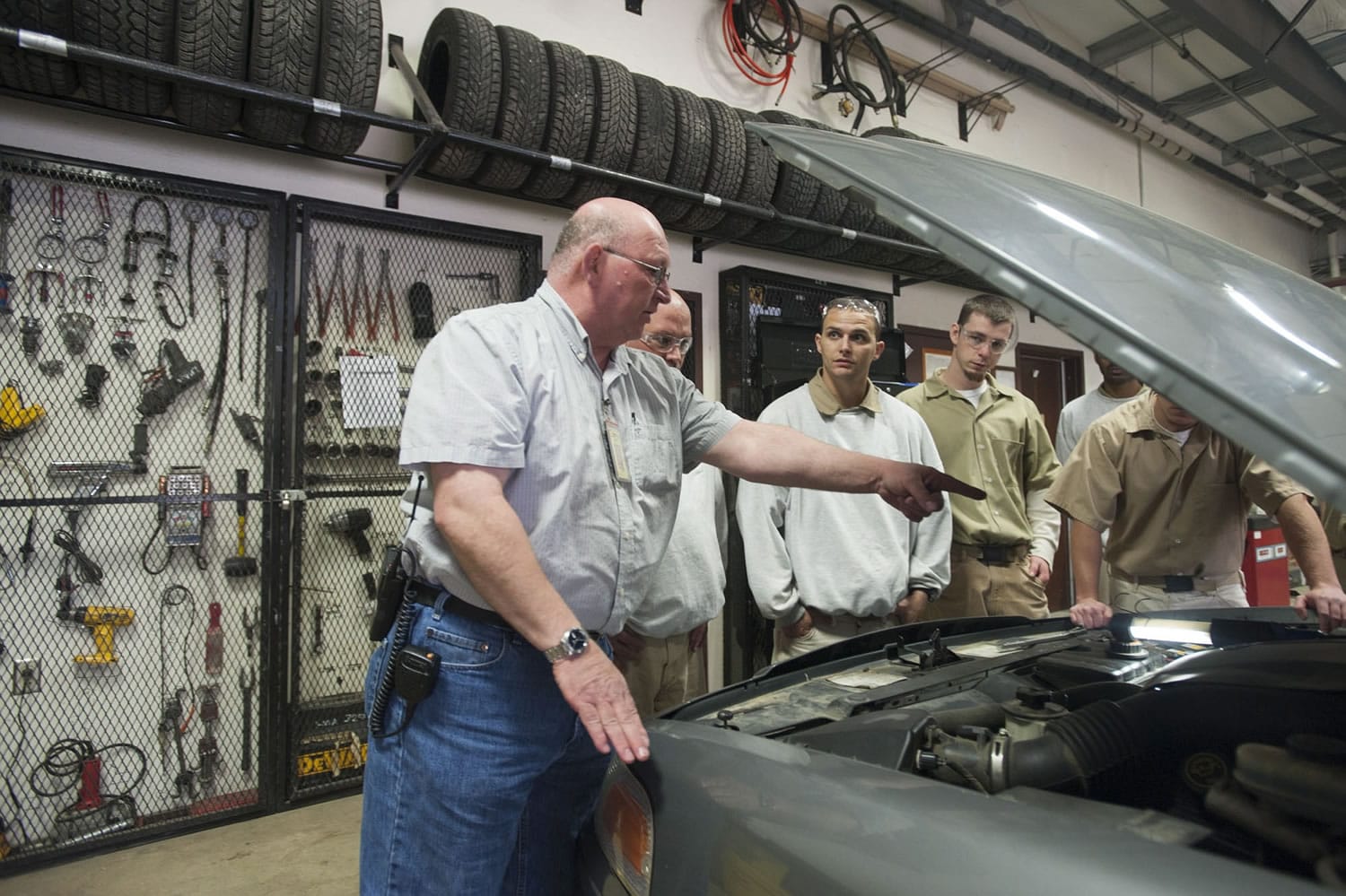Prison Education: How It Works
In Washington, adult offenders who are sentenced to at least a year and a day in custody are placed under supervision of the state Department of Corrections. More than 16,000 inmates are housed at the state’s 12 prisons. Adding those housed in county jails and other state facilities, the number of adult prisoners surpasses 18,000.
Since 2002, the Department of Corrections has contracted with the Washington State Board for Community and Technical Colleges to provide educational services to offenders. The board subcontracts with community colleges, including Clark College, to operate these programs. The programs offered include basic education for adults, vocational skills training, job search preparation, and stress and anger management.
With a capacity of 480 offenders, Larch Corrections Center in Clark County is among the state’s smaller prison facilities. The offenders at Larch have been convicted of a wide range of crimes, including murder, rape and robbery, but have four years or fewer left to serve on their sentences.
Many Larch offenders work days for the Department of Natural Resources planting trees, fighting wildfires, or picking up litter. Those offenders can enroll in the evening business class.




